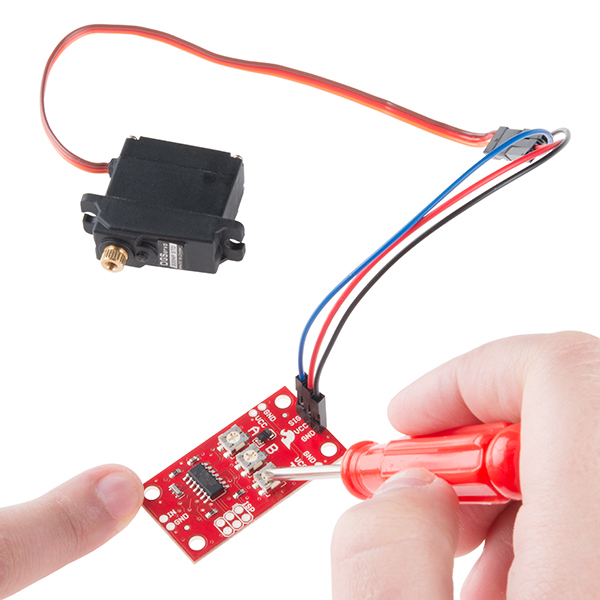Nice motion. What are you driving the servo with?
I knew Jon would bite, haha!
I’m interested as well, nice job, Dennis.
Late to complete my task.
Here is the video and STL files links on the LGB Switch Machine conversion.
Hope this works.
Looking for comments and input on my first video in a long time.
Using a new Video Software package, still learning.
Dennis
Nice video of a very well thought out design. I still want to know how you are driving it.
Basically I used a Arduino Uno with a PCA9685 16 channel servo board.
You can look at a you tube video from Little Wicket Railway for the basic information.
Servo Motor Control for Model Railways Part 1 of 3 - Setup with Arduino - YouTube.
It is very basic.
There are many servo systems available with better control.
Not all servos will have the same throw using one configuration set. Each servo should be adjusted for each turnout.
Would like to get some feedback on available systems.
Thanks Dennis. I am using a system based on cheap servo testers with modifications developed by Dave Bodnar. I trigger it with a RaiilPro accessory device driving a relay board.
A thread started by GAP with lots of entries by me documents our joint quest to use servos for point movement. Read it here: Servo controlled turnouts/points
We both used larger servo and mounted it through our wood base. Your system uses a much smaller servo and doesn’t require hiding like ours does.
Not being an LGB guy, I have none of the LBG manual switch machines. I’ll be on the lookout for some to try your system on some of my Aristo switches.
There is also a really nice driver board available from Sparkfun that needs only a simple on/off switch as a trigger and features adjustable positions for both at rest and activated…

Looks interesting that Sparkfun board.
It really is perfect for this. Has the adjustments for both positions and transition speed. A bit pricier than my servo testers, but it’s ready to run as-is. In pricing it out I looked on Amazon and Sparkun. It is more on Amazon, but with Prime it costs less delivered if buying only one. The shipping savings is lost if you buy two or more. In that case the Sparkfun website is a better deal.
I’m going to order a few when I get a few of my unfinished projects off the bench.
John,
Do you have a link or part number for the sparkfun board?
Hi GAP -
Yes its at https://www.sparkfun.com/products/13118
There are two versions. One for standard servos and one for continuous rotation servos.
They are also on Amazon.
Hello Dennis, I’m very interested in your solution here, very cool! I’m just starting to fool around and self learn about circuits, servos and such, and I’d like to try this. Are you willing to help me by sending the 3d print files and/or send me printed parts? I don’t have a printer and have no 3d print knowledge, so any help you are willing to provide will go a long way. I have an LGB double slip switch in an indoor railyard that is currently under construction, and this would be perfect once I learn how to do these things. Anyways, I’m really impressed and thank you for sharing!
Ross
How many do you need, have a few extra printed.
Dennis
Awesome! I have 2 LGB switch machines (for one double slip switch), so I’d be all set I think if you have 2 sets, one for each machine. Wow! 
I sent you a Message.
Dennis
Those are nice slow servos. Is that because you can adjust the rate on the Sparkfun board? Works great!!
Yes, this is on the slowest setting of the Sparkfun board. I’m very happy with the results
OK, I’m sold. Upgrading my modified Servo Testers to Sparkfun soon!
John, what powers the switch, do you still have to run power to the switch, I’m all battery so, just curios how it all works
You need 5V for the Sparkfun board and servo. If you are triggering with RailPro AM, you need 14V for that. I’m using a 13.5V power supply and a buck converter for 5V. It could be done with a 14.8V LiIon pack.
And I didn’t mention that I only do this indoors. Outdoors is either spring switches or manual.

